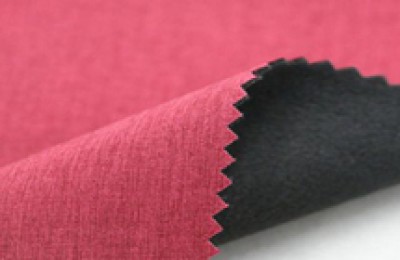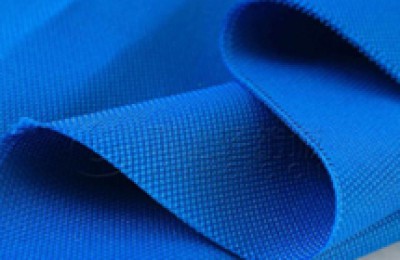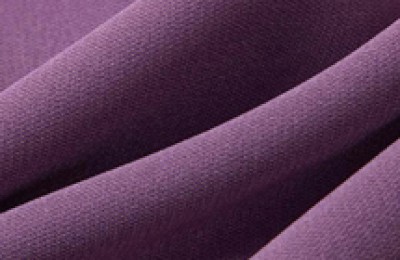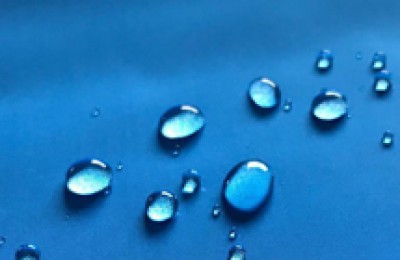PBT (polybutylene terephthalate fiber) has the weather resistance, dimensional stability, and wrinkle resistance of polyester; it also has the soft feel and wear resistance of nylon; its elastic recovery is better than that of nylon, and its dyeing performance is better than that of nylon. Polyester can be boiled and dyed under normal pressure. What is particularly outstanding is that the elasticity of PBT fibers after deformation processing is very superior. Whether under low load or humid conditions, the molecules can show a reversible relaxation-tension state in response to external forces. Fabrics made of PBT fiber can move with you and are very comfortable and close-fitting, comparable to spandex fabrics.
PBT It first appeared in the international market as engineering plastics in the 1970s and has been applied in the electrical industry, automobile industry and equipment manufacturing industry. In the late 1970s, PBT began to appear in the textile field as short fiber carpets. In the early 1980s, PBT was processed into textured yarn, which became a very distinctive elastic fiber and entered the international market. After more than 10 years of development, PBT fiber has become a new type of polyester fiber that can be used in the textile field in the form of textured yarn, filament, short fiber and modified fiber.
01 Properties of PBT fiber
PBT and PET are both polyesters High polymer, its molecular structure is:
PBT and PET are both polyester polymers . Compared with PET, because the flexible part on the basic chain link of PBT macromolecules is longer, the melting point is lowered, but the flexibility and elasticity of the macromolecular chains are increased. Therefore, PBT fiber has some of its own characteristics, such as elasticity and dyeability. Better to wait.
The following table lists the comparison of PBT performance with PET, nylon and spandex.
As can be seen from the table, compared with ordinary polyester fiber (PET), PBT fiber has lower strength and elongation at break Larger, the initial modulus is significantly lower than ordinary polyester fiber, but it has outstanding elasticity and excellent dyeability, and its hand feel is softer than PET.
In summary, PBT has the following characteristics:
1. The strength of PBT fiber is 2.8~4.0cN/dtex, and the elongation The length is 30% to 60%, the melting point is 224°C, its crystallization speed is 10 times faster than PET, and it has excellent elongation elastic recovery rate and is soft and easy to dye.
2. Fibers made of PBT have some properties common to polyester fibers, but due to the longer flexible parts on the basic links of the PBT macromolecule, the PBT fiber The melting point and glass transition temperature of polyester fiber are lower than those of ordinary polyester fiber, which results in the improvement of the flexibility and elasticity of the fiber macromolecular chain.
3. PBT fiber has good durability, dimensional stability and good elasticity, and the elasticity is not affected by humidity.
4. PBT fiber and its products have soft hand feel, good hygroscopicity, abrasion resistance and fiber curling properties, excellent tensile elasticity and compression elasticity, and excellent elastic recovery rate. In polyester. PBT fiber has special stretchability under dry and wet conditions, and its elasticity is not affected by changes in ambient temperature.
5. It has good dyeing performance and can be used for normal pressure boiling dyeing with ordinary disperse dyes without the need for carriers. The dyed fiber has bright color, excellent color fastness and chlorine resistance. The dyeing rate at 100℃ is equivalent to the dyeing rate of PET at 120℃.
6. Excellent chemical resistance, light resistance and heat resistance.
7. The disadvantage of PBT fiber is that its heat resistance is slightly inferior to that of PET and PA, and strong heat resistance is an obstacle to the application of PBT in the textile field.
02 Application of PBT fiber
PBT elastic yarn has excellent performance Elastic yarn based on PET and PA is gradually entering the use field of high-elastic nylon yarn, polyester elastic yarn and spandex. Due to its high strength, good shape stability, excellent wet shape stability, and good chlorine resistance, PBT has become an ideal fiber for swimwear and is suitable for making sportswear such as ski suits and training suits. The compatibility of PBT fiber with human skin is better than that of PA, and its blending with cotton is better than PET, so it can be used as underwear. PBT fiber has a wool feel, good light resistance and excellent elasticity. It can be used as a sock material, which is beyond the reach of PA.
Due to the excellent fluffiness and curlability of PBT, it is useful to use PBT elastic yarn to develop various elastic fabrics, and to use PBT wool-type short fiber and wool blending to produce various wool fabrics. Application areas with huge potential.
</p







